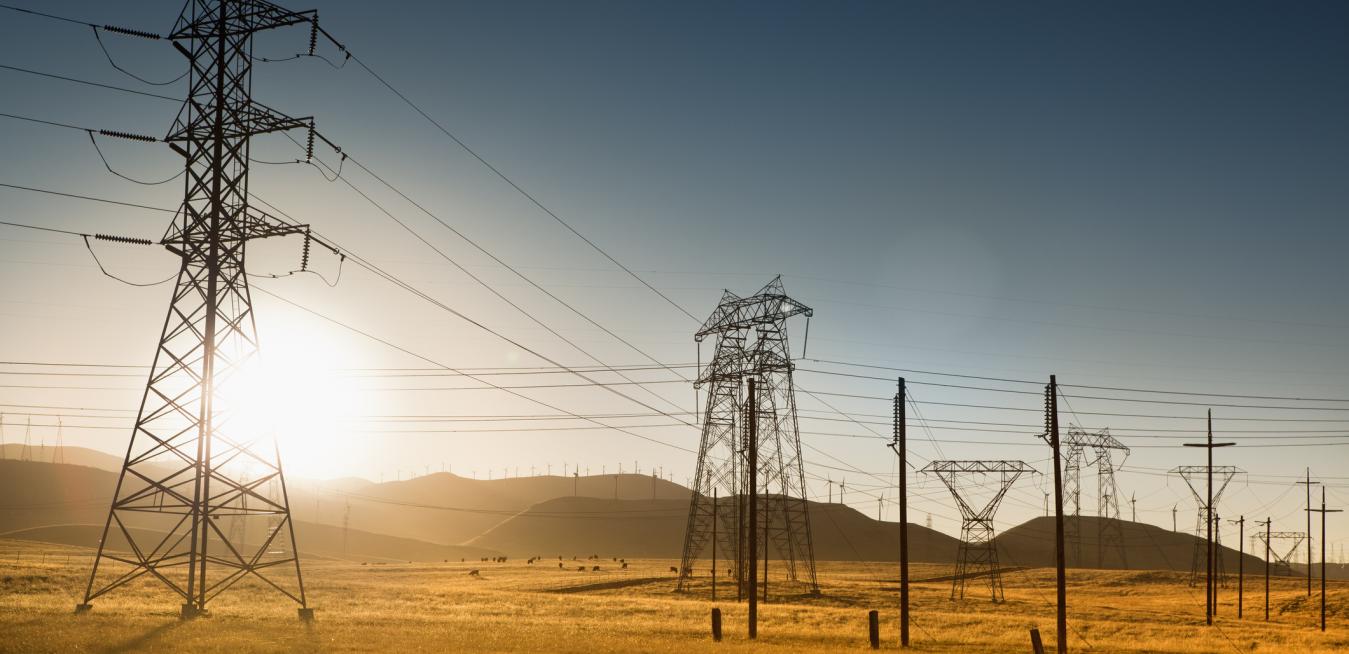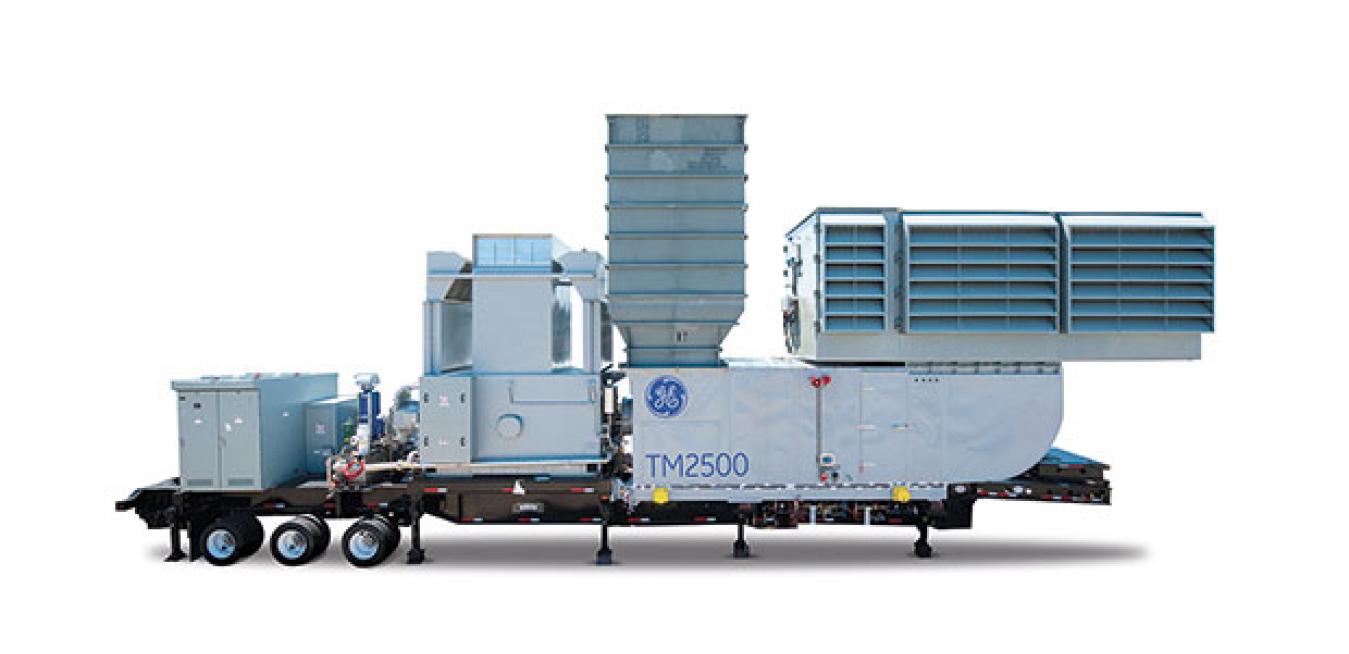Tamanrasset, an Algerian city of nearly 100,000 inhabitants in the heart of the immense Sahara Desert, seems like it’s far from everything when observed on a map. Located around 2,000 kilometers (some 1,200 miles) from the capital, Algiers, Tamanrasset is connected to the rest of the world mainly by the trans-Saharan road that crosses the largest desert in the world, from northern Algeria to Niger and beyond to the south. Food is transported mainly by road and sometimes by plane. But what about another resource that is indispensable: electricity?
Taiwan, like many entities around the world, has set a target of achieving net-zero emissions by 2050. To get there, it aims to reach a 25% share of renewables in its power mix by 2025, up from only 5.4% in 2021. This jump means Taiwan also needs to find a way to deal with the periodic pauses that come with wind and solar power. The wind can stop blowing and the sun can set or hide behind clouds just as demand for power grows.
Few U.S. states have been as tested by climate change as California. Heat, drought, wildfires and smoke have caused distress for residents and for utilities supplying them with electricity. To be sure, the most populous state has been aggressively adding renewables to lower its carbon emissions, but it also needs other sources of energy to supply baseload power when the sun stops shining, the wind stops blowing and water starts running low, affecting hydropower output.










